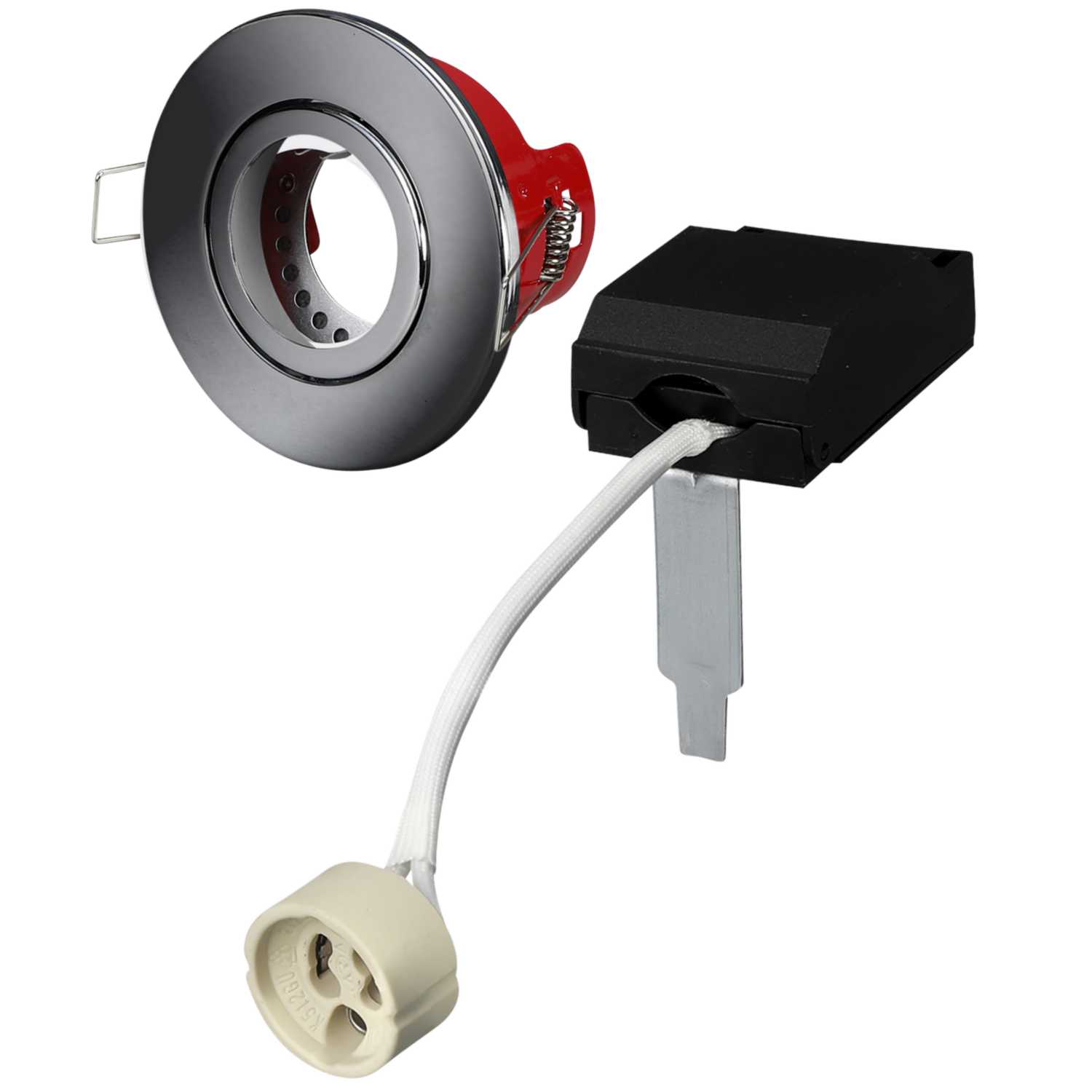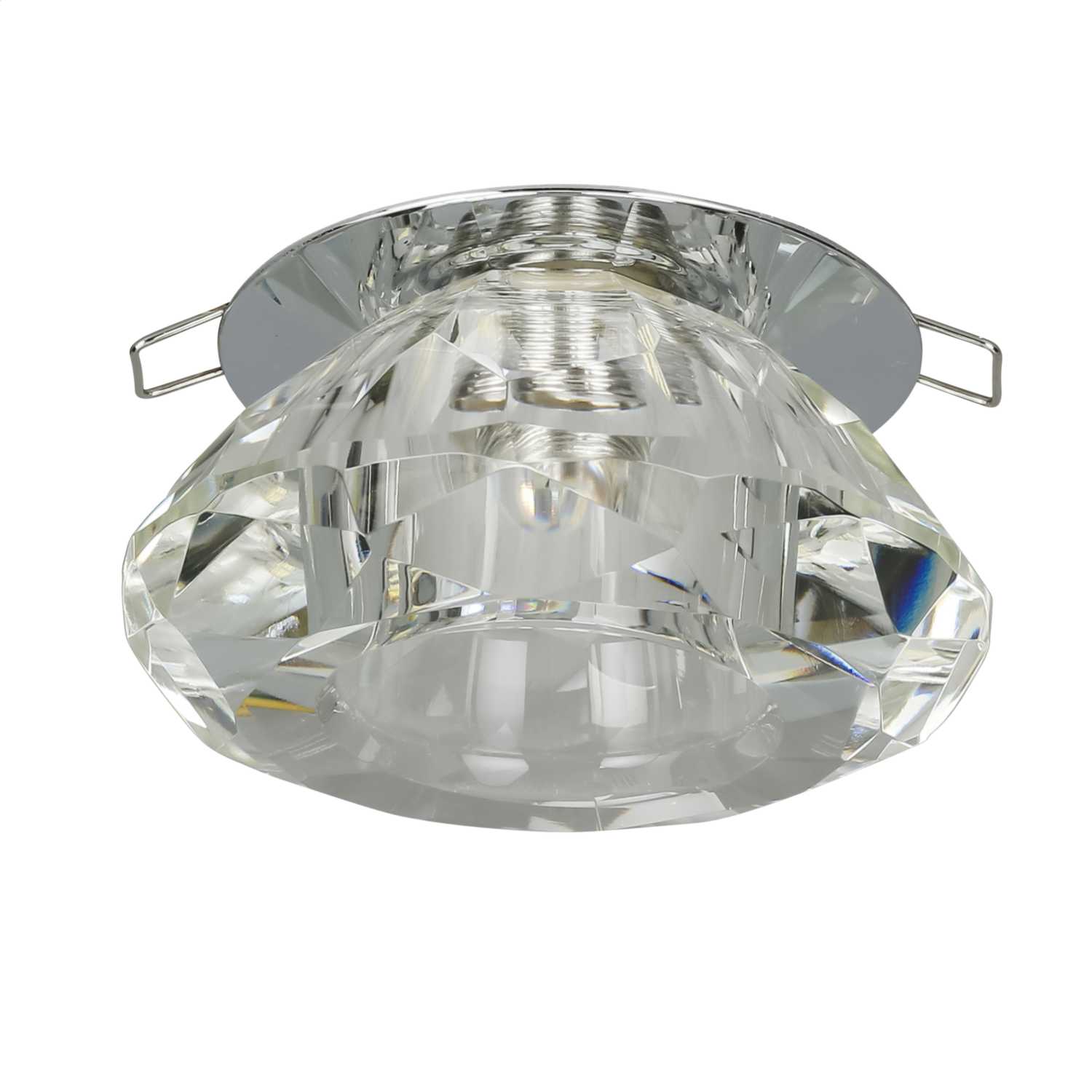

The following code snippets will help Windows developers get up and running. The one that comes with CEF3 builds is incredibly feature dense and has a lot of cross-operating system code. However, there are very few examples readily available on the web. Saving 1_screenShot and 1_page for amp ei=vAphXK2pDsOSjwT0ga_gAg& q=CEFSharp.īot 2’s execution ends with the specified screenshots and html pages (#_screenshot.png and #_page.html) being output into the application’s working directory.Chromium Embedded Framework 3 is amazing.

amp ei=vAphXK2pDsOSjwT0ga_gAg& q=CEFSharp loading! Private static void BrowserLoadingStateChanged(object sender, LoadingStateChangedEventArgs e)Ĭonsole.WriteLine($"page statement).īot 2 outputs something like the following into the console window while running Private static ChromiumWebBrowser browser ĬefSharpSettings.SubprocessExitIfParentProcessClosed = true ĬachePath = Path.Combine(Environment.GetFolderPath(Į), "CefSharp\Cache")Ĭef.Initialize(settings, performDependenc圜heck: true, browserProcessHandler: null) īrowser = new ChromiumWebBrowser(testUrl) īrowser.LoadingStateChanged += BrowserLoadingStateChanged Here’s the basic program.cs that we will be starting with: using System
#Cef chrome free#
(x86 also works if that’s your preferred flavor).įrom here, we’ll be using a modified version of the demo so feel free to check it out or start your own project off of it (Note: you will have to include System.Drawing into your project references to get the bitmap functionality working). Now, go to your project properties, create an 圆4 configuration and set your Platform Target to 圆4. Next we’ll grab the CefSharp.Offscreen Nuget Package.

Let’s keep things simple for our demo and start with a basic. Using it, you can simulate user web interaction and programmatically control, track, and react to browser events that users don’t generally have access to. That’s where CEFSharp’s “Offscreen” library comes in. Web scrapers are pretty common, but they are not always well suited to the tasks of scraping Single-Page Apps or to pages with more complicated authentication schemes. There are a lot of other ways to pull data off the internet.

It’s so well suited creating desktop applications with web-technology based components that you’ve probably used it without even realizing it. NET binding of the Chromium Embedded Framework, or CEF, an open-source framework developed by Marshall Greenblatt that allows you to embed an instance of the Chromium web browser into your own application. You can follow along by copying the code provided or by downloading the repo here. We’ll create three automated bots that can simulate user web interaction and programmatically react to browser events using CEF and the CEFSharp library. This is a tutorial about using CEFSharp to accomplish some basic web functions with simple examples. Using CEFSharp (and some strategic JavaScript), you can create headless (no GUI) interfaces of Chrome’s parent browser, Chromium, and then instruct them to do pretty much anything a web browser can do. Have you ever wanted to create an automated way to load, manipulate, and then act upon a web page? Please keep that in mind as you read the post. Attention: The following article was published over 5 years ago, and the information provided may be aged or outdated.


 0 kommentar(er)
0 kommentar(er)
